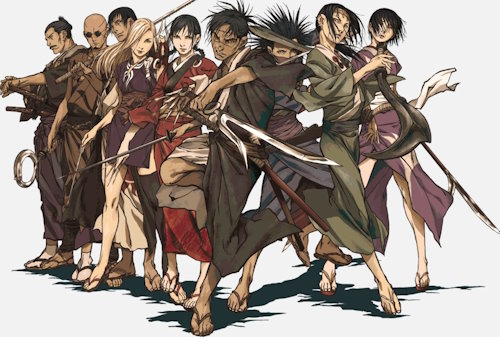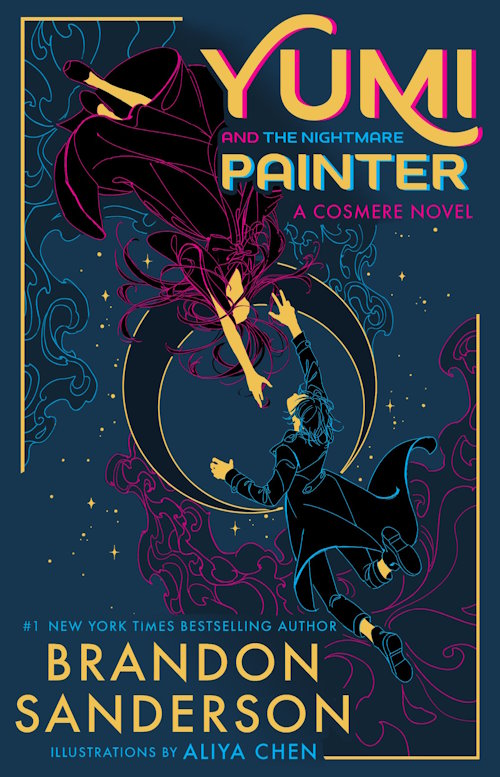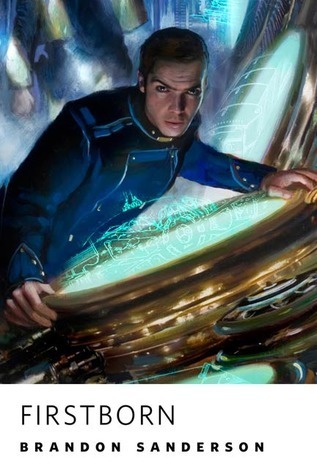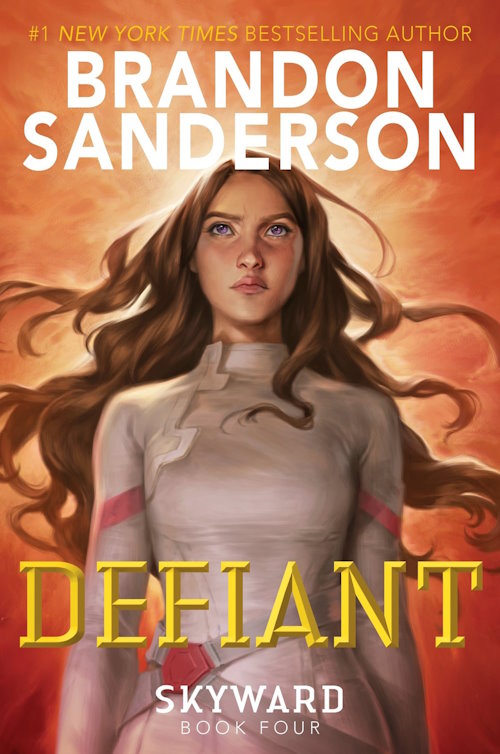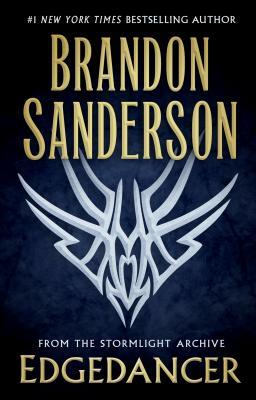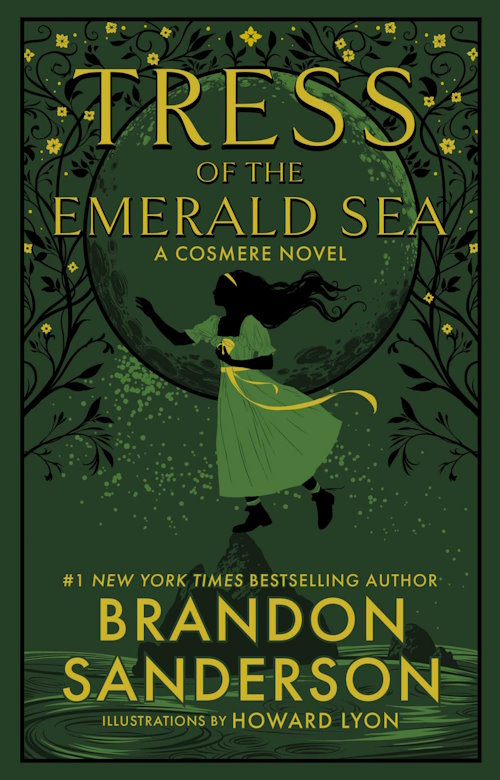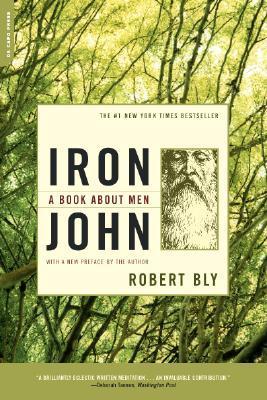The Chicken Gambit - a risky but fun variation of the Elephant Gambit
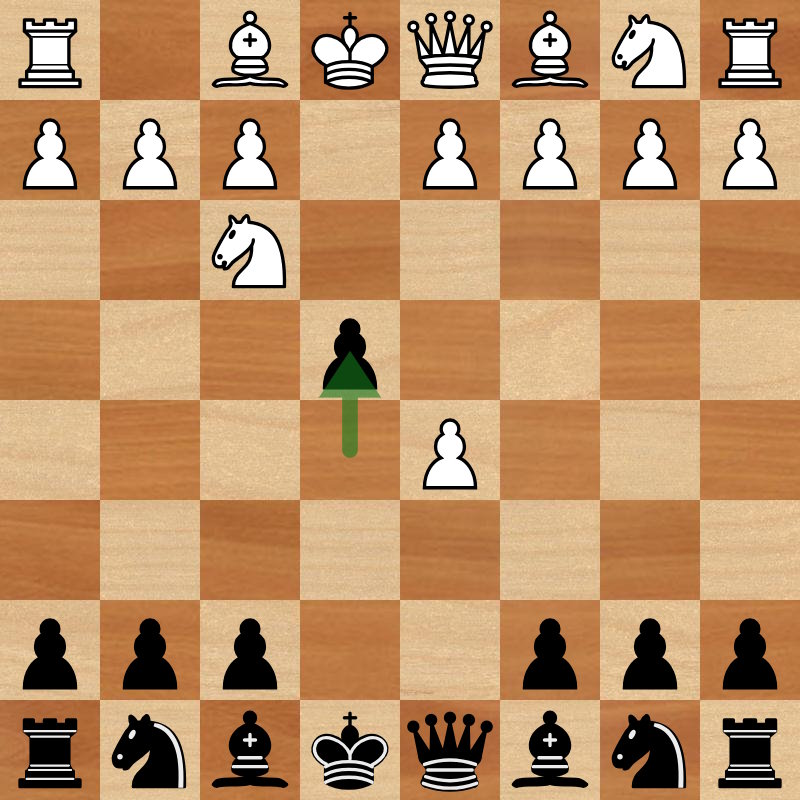
Definition
The Chicken Gambit starts from the Elephant gambit 3. exd5 e4 variation (which is the most common) which is called the Paulsen Countergambit in Lichess, Chess.com and other databases. Considering the Elephant is a gambit for Black, why would a Black move lead to a countergambit?
Now the best move and most played is 4. Qe2, pinning the pawn and threatening to take it. We defend it with the knight (4... Nf6 best and most common move) to which White replies by renewing the attack on the pawn (5. d3 again best and most common). Now, the best move and most played is 5... Qxd5, but the Chicken requires you to check with the dark squared bishop first: 5... Bb4+, which is the second best move.
White's reply is usually 6. d3 and here we continue with the most common and best move again: 6... O-O. This is the Chicken Gambit, starting from an eval of +1.6, which is mostly due to starting with the Elephant Gambit. Black is now threatening to take the knight, while White threatens to take the bishop. Which side will swerve and which will continue on?
There are two moves that White plays here: dxe4, about two times out of three and the best move, and cxb4, about one time out of three, which is a blunder taking the evaluation from +1.6 to -1.0. That's what we hope will happen, but even with dxe4 on the board, there are some nice tricks to employ to burst the balloon of your overconfident opponent.
Opponent blunders: cxb4
While pretty obviously bad, our opponent might choose to help us by taking away from the center and allowing us to open up the e-file with tempo, probably from the misguided idea that a bishop is better than a knight or that c3 needs to be freed for the other knight. First of all, that's not any knight they're giving away, it's the king's knight, which so many openings and gambits are trying to lure away from the defense of the king. Second of all, that leads to double doubled pawns, while dxe4 undoubles pawns. In the Lichess Masters database there are only two games that reach the gambit's position and both of them take on e4.
However, if this happens, the path is clear: take the knight, attacking the queen, queen is forced to take the pawn and then Nxd5 and NOT Re8. There is a small but relevant difference, as we plan to release and centralize the other knight and attack as soon as possible with the two knights.
The four most common moves from this position are really bad, while the best move, 9. b5, is almost never played!
Here is the study chapter for this variation demonstrating why each move is terrible:
Opponent plays dxe4 like a champ
To 7. dxe4 we reply with 7...Be7. This is the third best move and leads to a +2.0 evaluation (yes, for the opponent). The situation may look dire: we moved the bishop to b4, then retreated it all back to e7. We lost not one, but two center pawns while White has a strong center. The only thing we have to show for ourselves is a safer king and a slight edge in development. Almost every move, except the very dumb ones, maintain the White advantage. Stockfish is frothing at the mouth and recommending to move the bishop again to c5 or d6.
However, we are playing against people - hopefully - and the only piece that can be easily developed for White is the dark squared bishop. d2 takes another development square from the knight, e3 blunders a pawn, f4 doesn't attack anything relevant. The only other option is g5 and our own move to e7 validates it: we wanted to stop a possible pin to the queen and defend the knight on f6. It must be important! That's why the most played move here is Bg5. The best move is Qc2 and pretty much refutes the Chicken Gambit, but it's quite unintuitive. It is followed by Bf4, Nbd2 and even g3, these three moves leading to pretty much the same eval +1.7. Bg5 is the same, but allows us to play 8... Nxe4! to which there is only one move that is not a blunder, again, and doesn't lead to equality.
The move is 9. Bxe7. We take with the queen, White renews the threat on the pinned knight with their own knight 10. Nbd2 to which the safest move would be 10... Re8, but we defend with the bishop 10... Bf5 setting up another trap! The most played move by White in that position is long castle which loses immediately to ... can you spot it?
What's the winning move? Scroll down to find out!
It's 11... Nxf3! Can you see it? Why does it win? Scroll down to find out!
Oh no, my queen! It's undefended! If White takes it, 12... Nxa2# is mate! Oh, no my knight! It's undefended! if White takes it, 12... Qa3# is mate! And otherwise, it's a queen and rook fork! -4.0 evaluation. Black is winning! And the best move for White is a shameful Qc4 which does nothing except accept defeat.
More on that in the study chapter about dxe4:
Refutation
Unfortunately, this is not an undefeatable gambit. It can be refuted - which I believe makes a gambit even more fun! - by the move 8. Qc2. It takes the queen away from the dangerous e-file as well as the g4-d1 diagonal, while still defending the central e4 pawn and renewing the threat of Bg5. It also liberates the light square bishop. The best move Black can hope for is c6, trying to break the center. Re8 or h6 are also suggested.
But wait, you will say, what if I play c6 or Re8, won't White do the same thing: Bg5, followed by us taking e4 with the knight? Well, no, because in this case, White doesn't need to bother with Bg5. Bd3, Be3 and Be2 are all available, since they don't block the queen from defending the e4 pawn or are blocked by the queen on e2. One might say that the entire gambit is trying to punish that initial Qe2 move. If the queen moves, it becomes something else entirely.
I can hear you thinking back there: we must be able to do something. How about 8... Bg4, threatening to double pawns when taking the knight? A simple Be2 fixes the issue. Moreover, prepares short castle. You might try 9... Re8, hoping for a 10. Bg5, but O-O just ends your hopes and shatters your dreams.
Well what about 8... Bc5 9. Bd3 Ng4 10. O-O ? The knight and the bishop are attacking the king side, Black has more wins in that variation. This works! Well, yeah, for people rated 1900 who probably lost on time or something. The evaluation is +3 and the best moves for Black are f5 or f6.
More in the Refutation chapter of the Lichess study. If you feel you have a fun option coming up after Qc2, let me know. I will name that variation after you!
Other lines
While that may sound like the title of a horror movie, you can get a Reverse Chicken Gambit from the Russian Game: 1. e4 e5 2. Nf3 Nf6 3. d4 exd4 4. e5 Qe7 5. Bd3 d6 6. Bb5+ c6 7. O-O
As you see, the "trick" is to move the bishop twice to get the same position. You don't need to do that, of course, you can try to gain a tempo and use it for something else, like in the Reverse Chicken: Highly Cruciferous variation. Fork or die!
You might find that to get into the particular position in which you unleash the Chicken is not that easy. Even if best SF moves, many people play something else. Maybe not Qe2. Maybe not d3. People are weird...
See some of this in the Lichess study: The Chicken Gambit
Conclusion
While I called it the Chicken, because of the themes and also as an homage to Vampire Chicken, it is hardly a gambit. The Elephant Gambit opening gives up a pawn and then we risk a strategic retreat of the bishop to entice White to go into funny territory, but most of the moves related to the Chicken are best engine moves. Giving up the central pawns for almost no compensation may not appear wise and other lines of the Elephant might be feel more fun, but this is the beginning of a new branch of chess theory in the area.
Using the William Graif scale for gambits:
- relatively unknown - ✔️
- hard to decline - ✖️
- using natural moves for both sides - ✔️
- good win condition scenarios - ✔️
- high reward possibilities - ✔️
- low risk - ✖️
We get a 4 out of 6.
Let me know if you use it and good luck!
